
Join 10k+ people to get notified about new posts, news and tips.
Do not worry we don't spam!

Post by : Anish
Bollywood, the beating heart of India’s film industry, has long been a source of entertainment, cultural pride, and storytelling for more than a billion people. However, in recent decades, it has evolved from being a primarily domestic cultural product to a global phenomenon. Indian movies now premiere in cities like New York, London, Toronto, and Dubai with as much fanfare as in Mumbai or Delhi. Streaming services bring Indian films to living rooms across Europe, the Americas, and Africa, while film festivals showcase Bollywood as high art, not just commercial spectacle.
The globalization of Bollywood isn’t just about movies crossing borders; it represents India’s cultural soft power, shaping global narratives about music, fashion, dance, and identity. As the demand for diverse content rises worldwide, Bollywood finds itself uniquely positioned to capture hearts with its blend of drama, color, and emotional storytelling.
One of the biggest accelerators of Bollywood’s global rise has been streaming platforms like Netflix, Amazon Prime Video, and Disney+ Hotstar. Before the streaming era, Bollywood films reached limited overseas audiences through cinemas in diaspora-heavy regions like the United States, Canada, and the Middle East. Distribution was restricted, and only big-budget films with superstar casts reached foreign theaters.
Now, digital platforms have dismantled those barriers. Even smaller-budget Indian films, regional cinema, and indie productions are easily accessible to global audiences. A viewer in Brazil can watch a Hindi thriller the same day it premieres in Mumbai, while someone in Europe can explore Tamil, Telugu, or Malayalam cinema without waiting for DVD releases or special screenings.
The global appetite for non-English content, proven by the success of Korean dramas and Spanish thrillers, has paved the way for Indian films to thrive. Bollywood has capitalized on this, blending tradition with modernity to appeal to a wider range of viewers.
The crossover between Bollywood and Hollywood has intensified, fueling Bollywood’s global recognition. Actors like Priyanka Chopra Jonas, Deepika Padukone, and Irrfan Khan have taken on major Hollywood roles, while Indian directors and producers collaborate with Western studios.
Hollywood films increasingly feature Indian talent in music, such as A. R. Rahman’s Oscar-winning score for Slumdog Millionaire. Bollywood songs are remixed into Western music, and Indian dance styles appear in global reality shows. Marvel Studios has even included Bollywood-inspired sequences, reflecting India’s cultural footprint in mainstream Western cinema.
Collaborations also extend to production. Co-productions between Indian companies and international studios are more common, creating hybrid films that appeal to both domestic and international audiences. This trend highlights Bollywood’s adaptability and ambition to break cultural boundaries.
Bollywood’s presence in global film festivals has grown remarkably. Indian films are regularly showcased at Cannes, Berlin, Toronto, and Venice. Directors like Satyajit Ray, Mira Nair, and Ritesh Batra have earned critical acclaim for storytelling that blends Indian culture with universal themes.
Bollywood stars now walk the red carpets at international award ceremonies, representing Indian cinema to global media. Meanwhile, documentaries on Indian subjects, such as The Elephant Whisperers, have won Oscars, further cementing the country’s cinematic influence.
The recognition is not limited to arthouse cinema. Commercial blockbusters, too, receive attention worldwide. Films like RRR made headlines for their grand storytelling and spectacular action, winning global awards and sparking discussions about India’s new cinematic confidence.
One of Bollywood’s strongest international pillars is the Indian diaspora. With millions of Indians living across North America, Europe, Africa, and the Middle East, Bollywood has always had a natural overseas audience. For many in the diaspora, watching Bollywood films is a way to stay connected to their roots, traditions, and languages.
Over time, this diaspora-driven demand has grown into mainstream popularity. Non-Indians who once discovered Bollywood through friends or community events are now loyal fans. Movies with universal themes like love, family, and triumph resonate across cultural lines. Indian wedding songs are now global party hits, and Bollywood dance classes attract students in countries far removed from India.
One of Bollywood’s biggest strengths is its storytelling style. Unlike Hollywood’s often minimalist approach, Bollywood thrives on larger-than-life narratives, musical interludes, vibrant costumes, and strong emotions. These elements, once considered too different for Western tastes, are now celebrated for their uniqueness.
Audiences across the globe increasingly seek authenticity and diverse perspectives. Bollywood provides stories infused with culture, history, and traditions while still addressing universal human experiences. Themes like generational conflict, social justice, love, and resilience are relatable across borders. The ability of Bollywood to combine melodrama with modern narratives ensures its stories remain impactful in a crowded global market.
Bollywood’s global influence extends far beyond cinema. Its music is streamed worldwide, with Bollywood soundtracks charting on international playlists. Dance styles inspired by Indian films—characterized by energetic moves and colorful expressions—are taught in dance studios from New York to Sydney.
Fashion, too, plays a huge role. Bollywood stars are style icons, promoting Indian textiles, jewelry, and couture on international runways. Sarees, lehengas, and Indo-Western fusions have found acceptance in global fashion weeks. Through cinema, Indian cultural exports like yoga, spirituality, and cuisine have also found new admirers.
A fascinating development in recent years is the rise of pan-Indian cinema, where films in Telugu, Tamil, Kannada, or Malayalam achieve nationwide—and international—success. Movies like Baahubali, Pushpa, and KGF redefined how Indian films are marketed, often premiering simultaneously in multiple languages.
This strategy broadens global appeal, ensuring audiences outside India don’t perceive Indian cinema as limited to Bollywood alone. The diversity of regional stories adds to the richness of India’s cinematic identity, making the industry even more compelling to global viewers.
Despite its progress, Bollywood faces hurdles in its quest for global dominance. Language barriers, cultural stereotypes, and distribution limitations still pose challenges. Some critics argue that Bollywood must refine its global storytelling approach while retaining authenticity.
Another issue is representation. While Bollywood is celebrated, questions about inclusivity—regarding gender, caste, and regional diversity—are raised. To sustain global growth, the industry must embrace diversity within India itself.
Piracy also affects overseas markets, reducing box office potential and revenue streams. Addressing these challenges will be crucial if Bollywood is to maintain its momentum.
Looking ahead, the trajectory is clear: Bollywood’s global influence will only grow. Streaming services will further expand access, while collaborations with Hollywood and other industries will continue to flourish.
Virtual production, AI-driven filmmaking, and immersive technologies may reshape how Bollywood movies are made and consumed. Meanwhile, the growing recognition of Indian directors and actors in international circuits points toward a more integrated cinematic future.
By 2030, Bollywood could stand shoulder to shoulder with Hollywood as a global cinematic powerhouse—not just as an “alternative” but as an equal partner in shaping the world’s cultural imagination.
This article is for informational and editorial purposes only. It reflects cultural and industry trends but does not represent financial, investment, or commercial advice. All views expressed are based on publicly observed developments in global cinema.



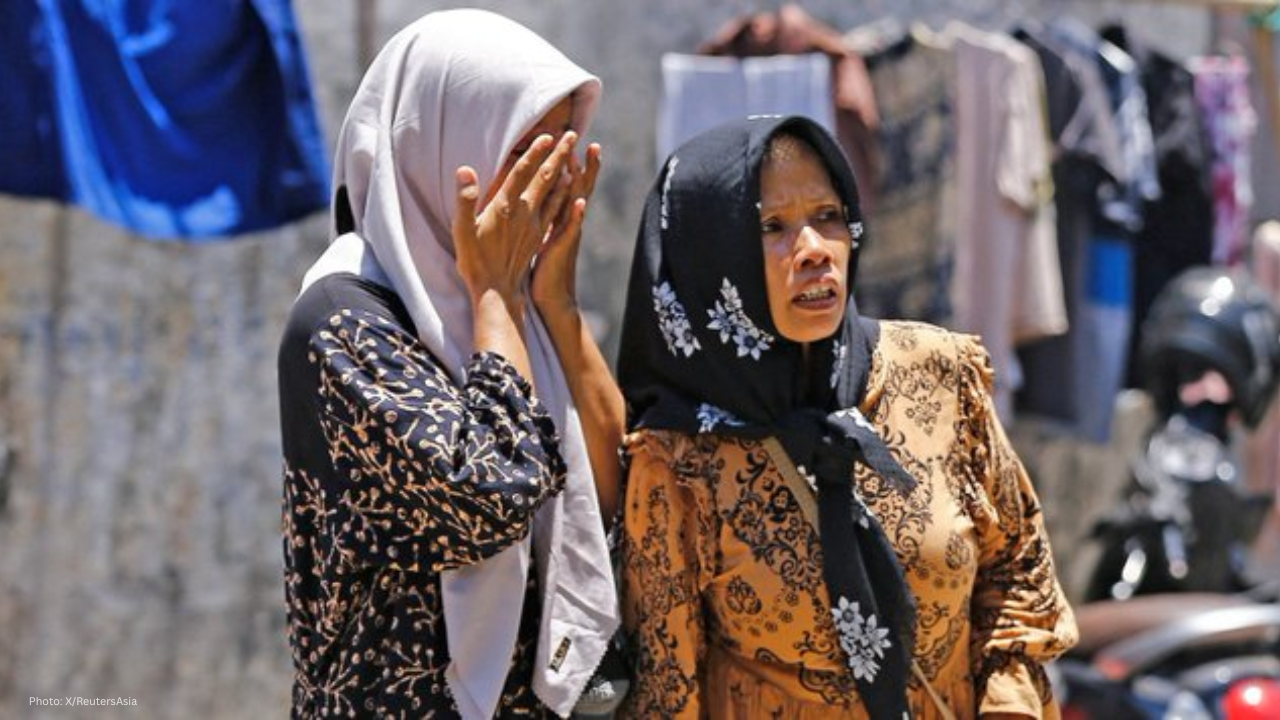
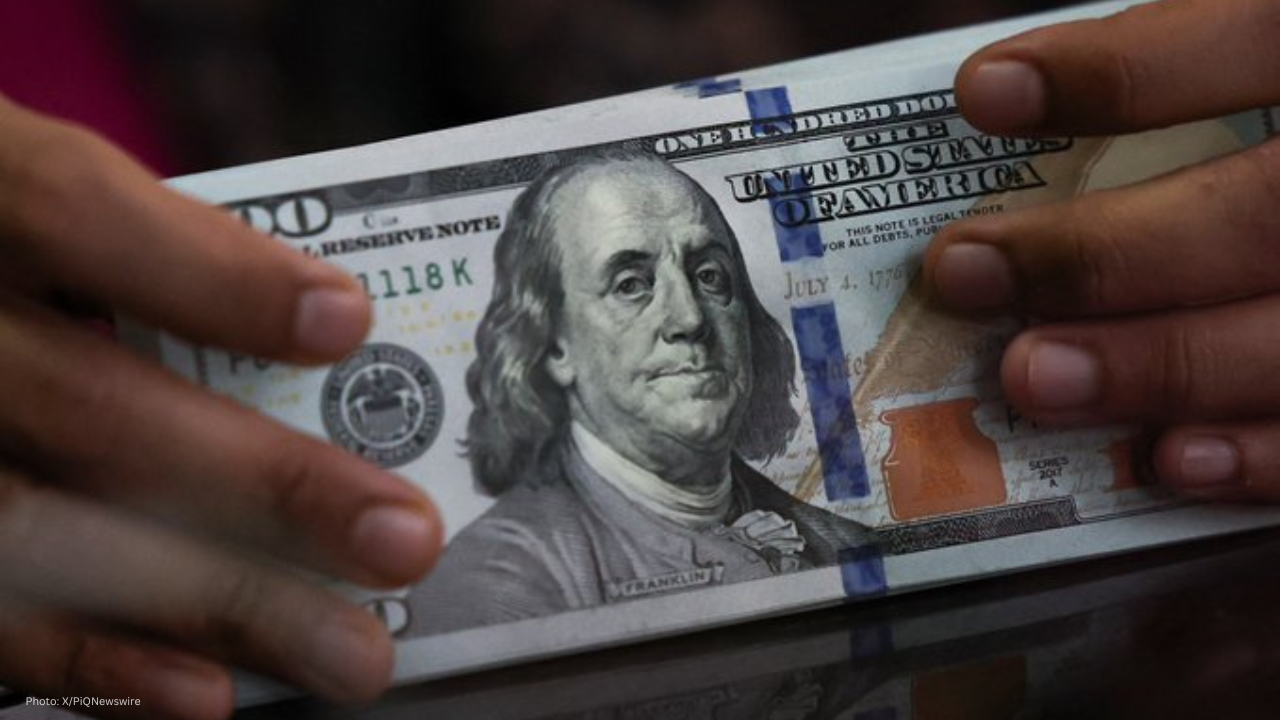
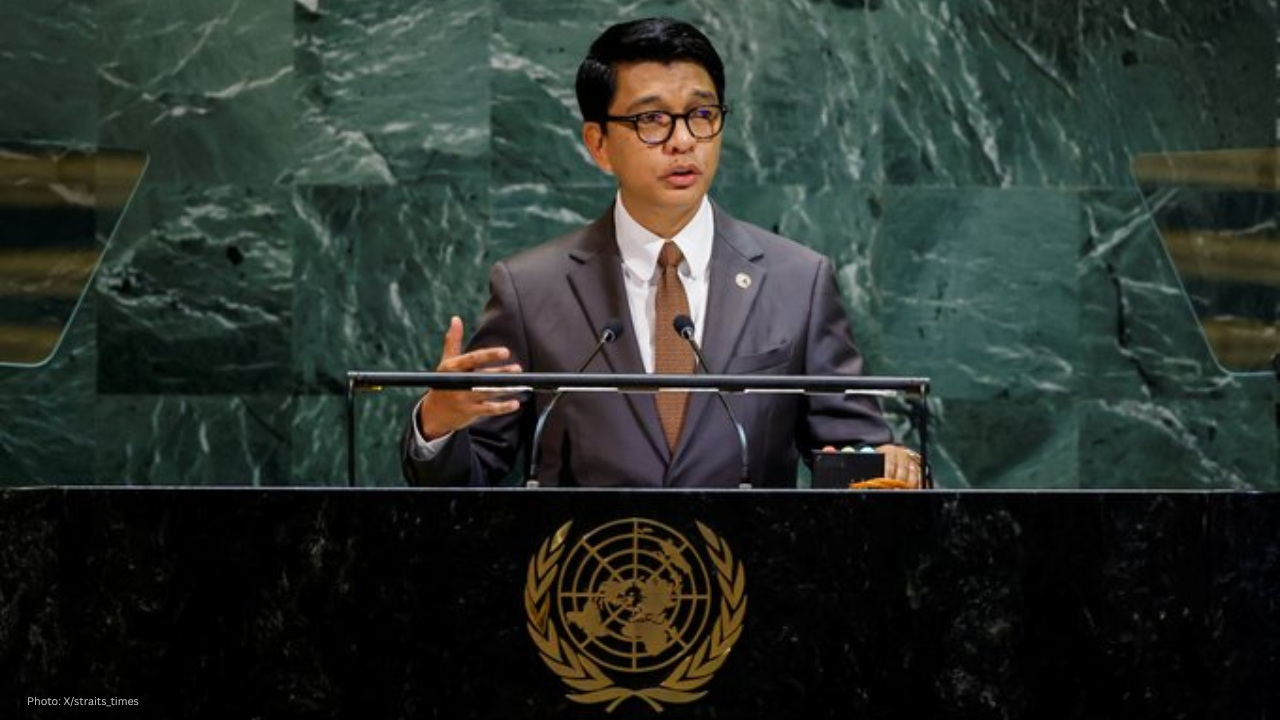
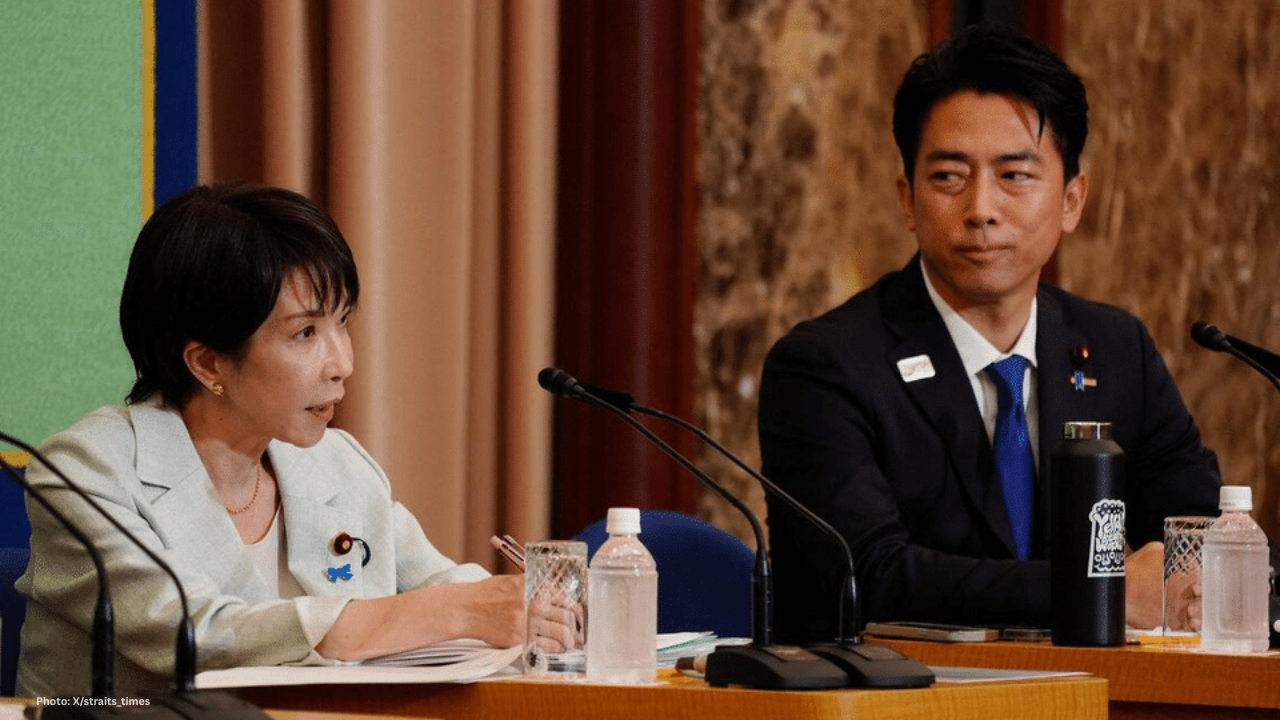

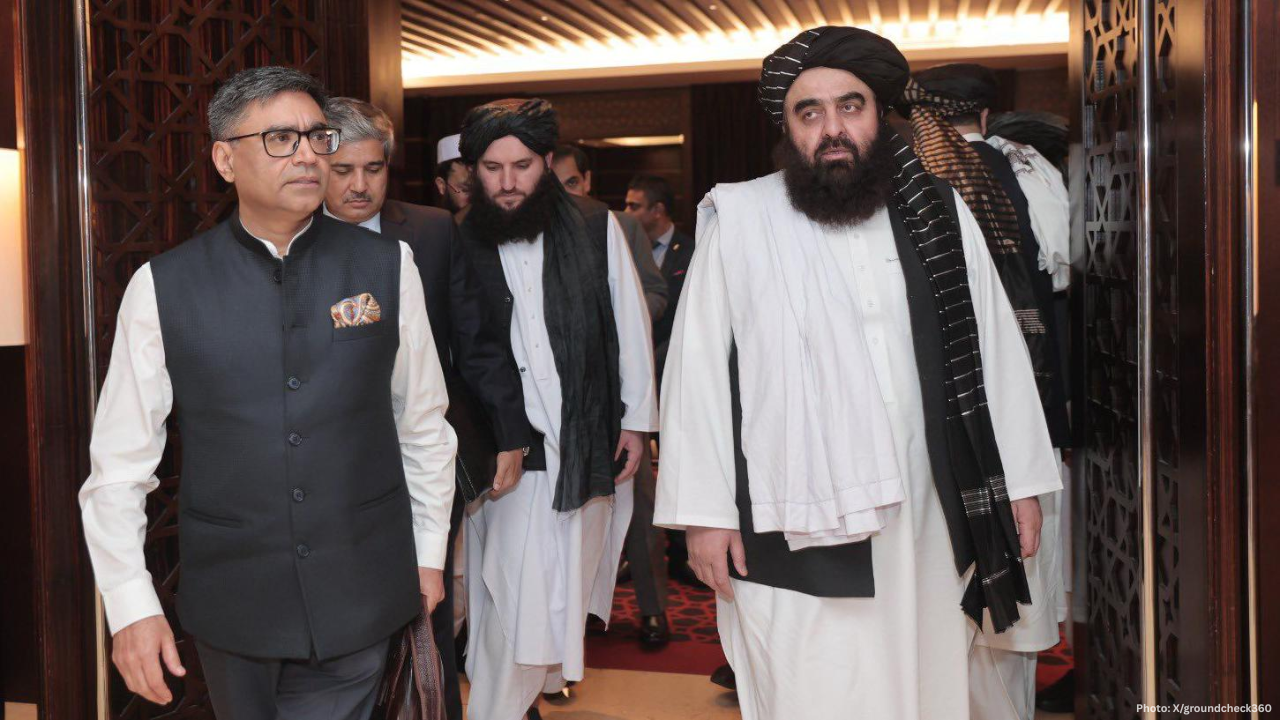

JioHotstar Launches ‘Pitch To Get Rich’ Reality Show for Fashion Startups
JioHotstar’s new show ‘Pitch To Get Rich’ features 14 fashion startups competing for Rs 40 crore fun

Kantara Chapter 1 Box Office Day 1 Rishab Shetty Film Hits ₹60 Cr
Rishab Shetty’s Kantara Chapter 1 collects ₹60 crore on Day 1, breaking records across India with hu

FIA Declares Heat Hazard for Singapore F1 Race Due to Extreme Heat
FIA applies heat hazard rule for Singapore Grand Prix as high heat and humidity challenge F1 drivers

Trapeze Artist Dies After Fall at German Circus Show
A 27-year-old trapeze artist died in Germany after falling during a circus show. The tragic accident
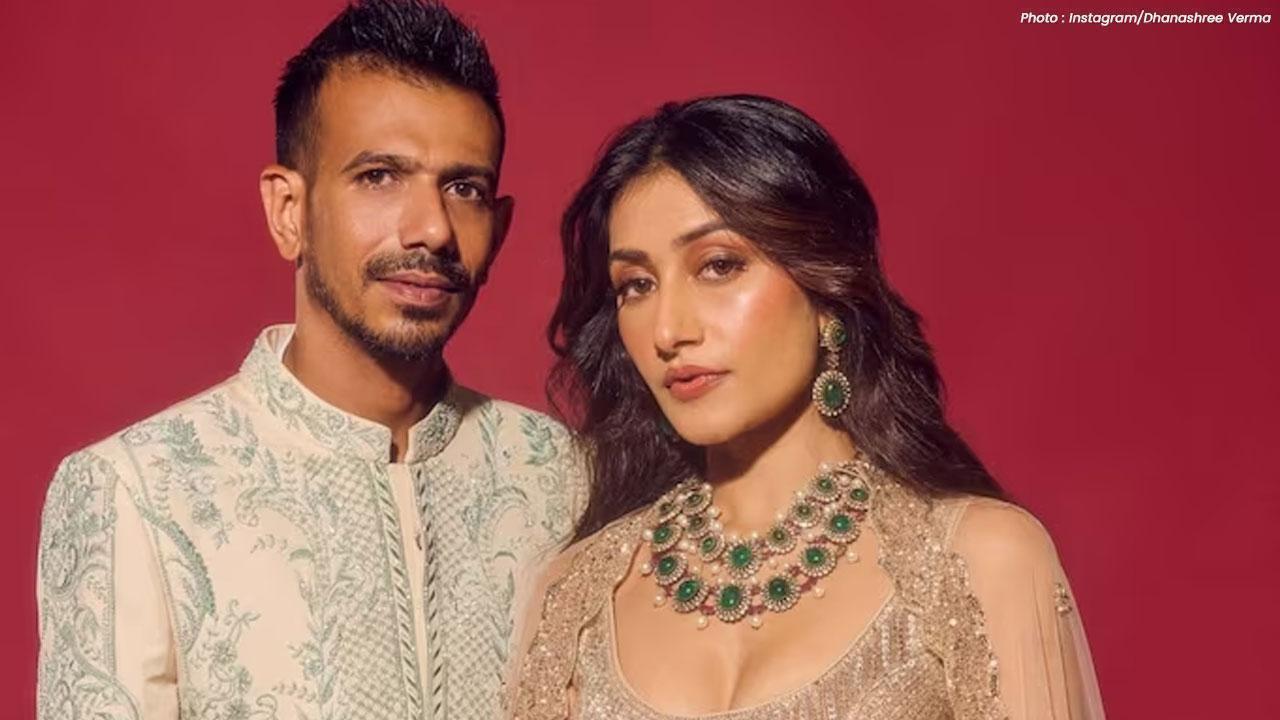
Dhanashree Verma Reveals Yuzvendra Chahal Cheated Early in Marriage
Dhanashree Verma opens up on her divorce from Yuzvendra Chahal, revealing he cheated within months o
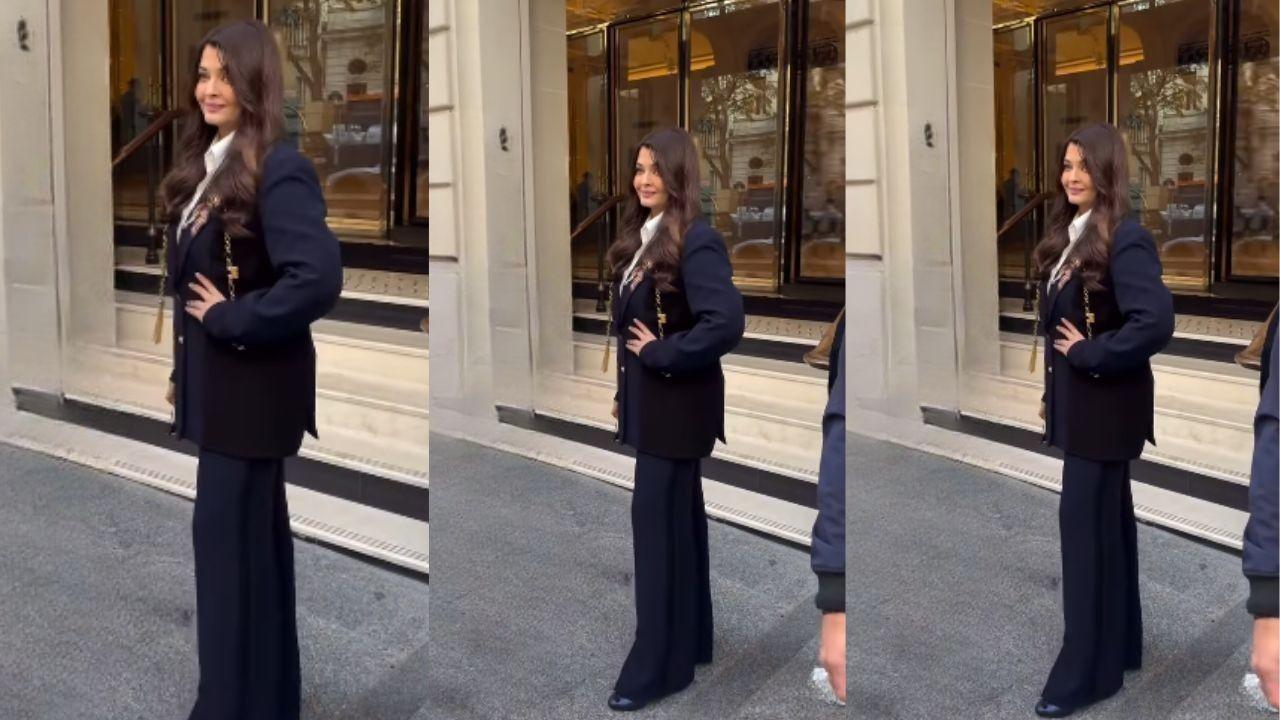
Aishwarya Rai with Aaradhya Spotted in Paris Ahead of Fashion Show
Aishwarya Rai Bachchan and daughter Aaradhya spotted in Paris ahead of L'Oréal Paris Fashion Week, d